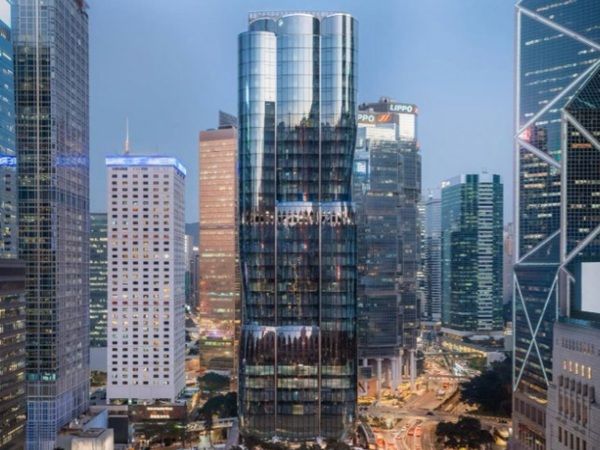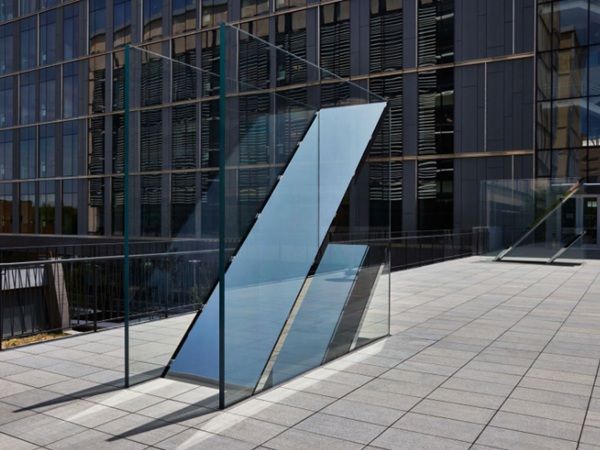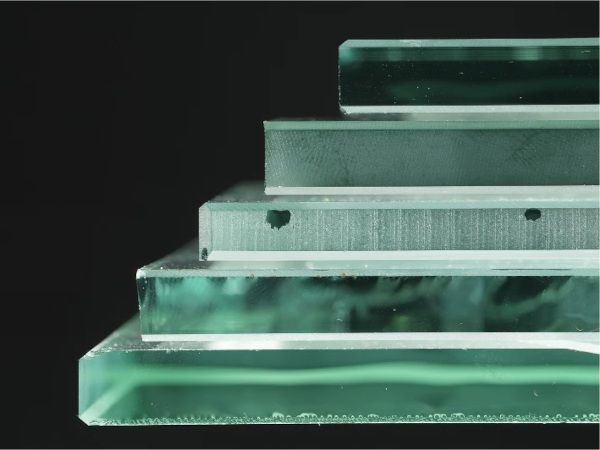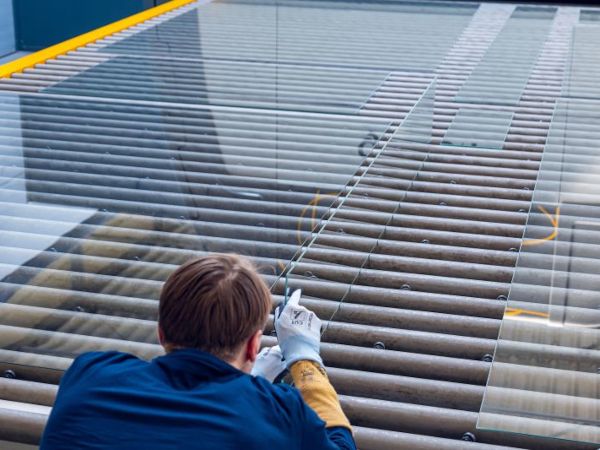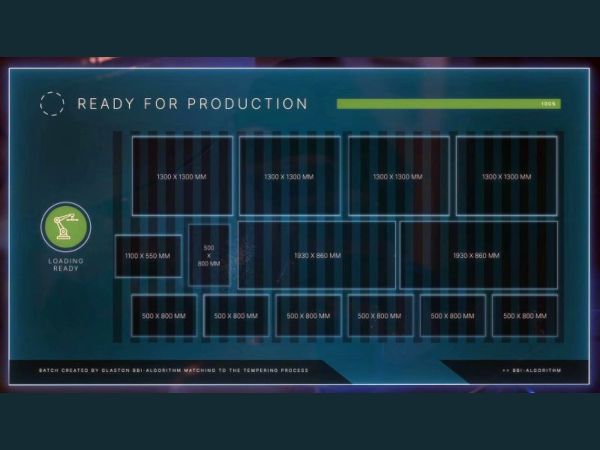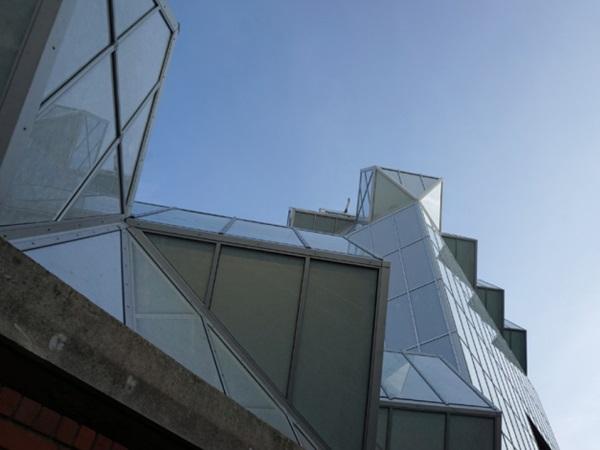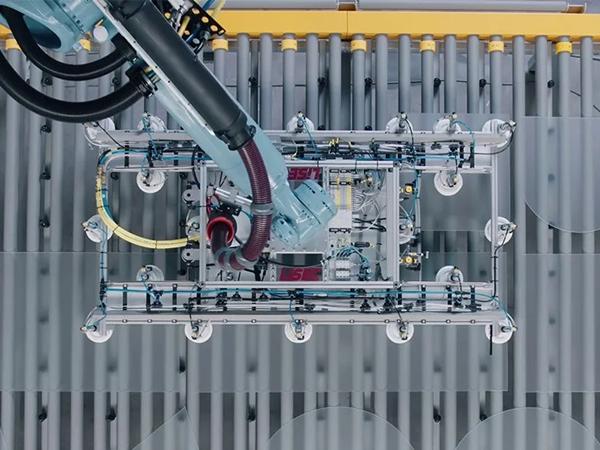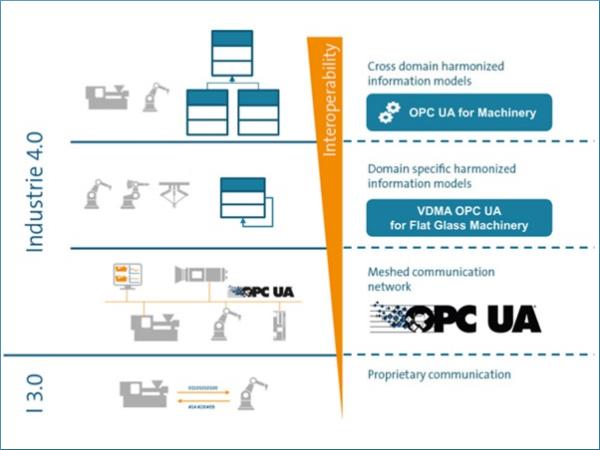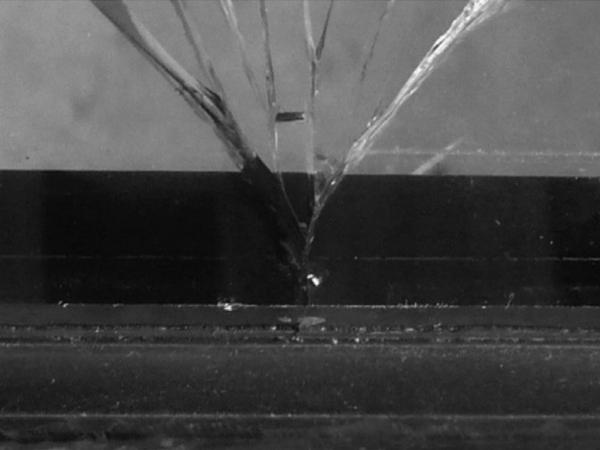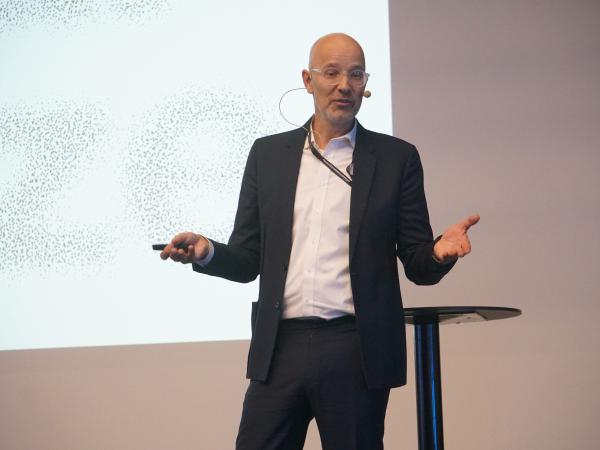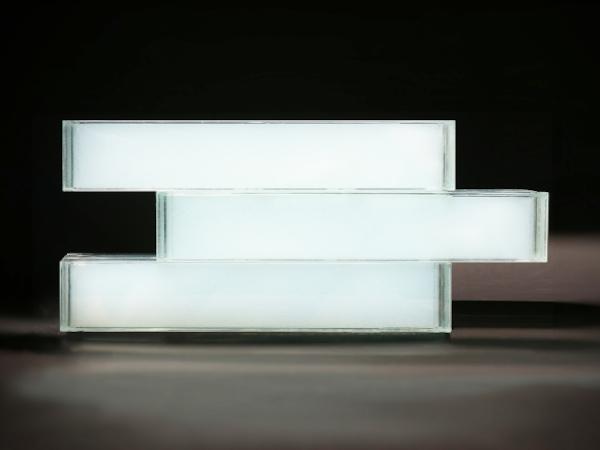Others also read
| In this paper, we will discuss a challenging, iconic, heritage, refurbishment project – Channel 4’s headquarters building located in London, England.
| The organic design and seamlessly reflective surface of “The Henderson” establish it as a landmark in Hong Kong. With its all-glass façade and a height of 210 m, the skyscraper designed by Zaha Hadid Architects offers spectacular panoramic views.
| C-010106 by Sarah Oppenheimer features two structural glass periscopes that offer unique views above and below the footbridge where it is installed.
| The latest Glastory blog explores the evolving role of automation in glass processing, highlighting examples of how it is transforming efficiency in the industry.
| What glass processes gain the most from automation? In this blog, we’ll focus on some of the particularly promising application areas.
| When finding, training and retaining personnel for routine jobs is a challenge, processing automation offers a game-changing solution.
| The aim of this paper is to introduce, in a consistent manner, a holistic appraisal of how to address the refurbishment of modernist buildings of the late 20th century.
| Robots are finding their way into the flat glass industry, improving not only process reliability but also product quality. But where exactly are they being used and what specific advantages do they offer?
| The approaches proposed by planners and architects for adapting to climate change will be discussed at glasstec 2024 (22-25 October, Düsseldorf) at its Architecture Forum.
| Glass tempering is a process that can be made in many ways to get tempered glass that meets the standards. The selected way is usually chosen by the operator and is almost always based on experience instead of science.
| What are the real benefits that robotics, the IOT (Internet of Things) and the Automatic machines can bring to glass grinding?
| The report reflects the close cooperation between architecture, structure engineering and façade development and shows how resources can be saved with cross-disciplinary solution concepts.
| Digitalization of machines requires standardized language for machine communication – and OPC UA is the perfect choice.
| Investigations of different positions of the sphere and the satellite and their effect on stress distribution are studied. Both, experimental observations and computational FEM simulations are compared.
| In the latest Glastory blog post, Antti Aronen analyzes the transformative potential of automated glass tempering.
| Identification and optimisation of cutting process parameters
| Christoph Timm, Principal at SOM New York, shared insights on decarbonizing the built environment and the evolving landscape of sustainable construction.
| In this episode, Gennadi Schadrin, Director Research & Development IG, shares insights into its creation and the remarkable benefits it brings to glass processors.
| New translucent, structural and modular façade component.
| BIPV represents an important field to explore, since PV systems have an enormous potential within the context of architectural and urban design.
| The trend in modern architecture towards a steady optimisation of building envelopes is continuing. Beside its function as a design element, a façade also contributes to the building’s energy balance.
| A new design approach for loadbearing monolithic glass components of reduced annealing time
| Within this research, two sets of real-scale laminated banister panels with the embedded connection were tested.


